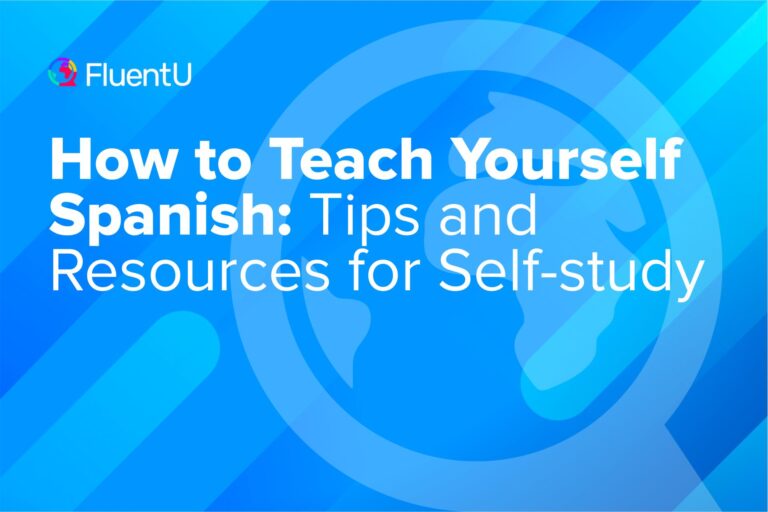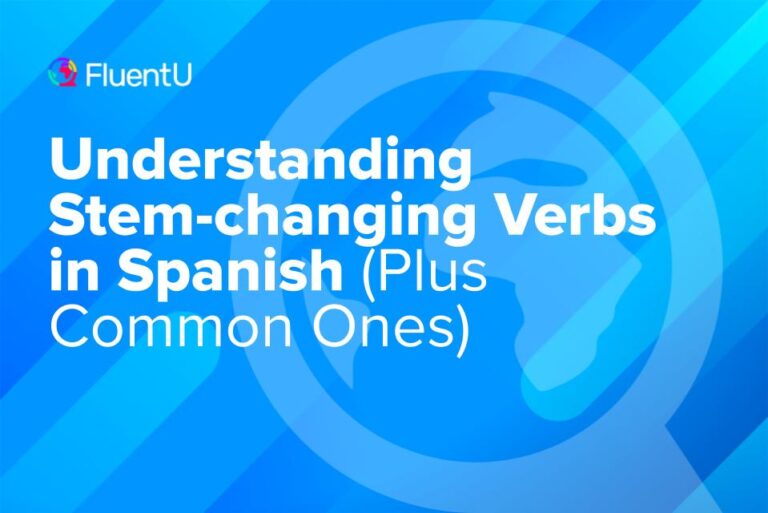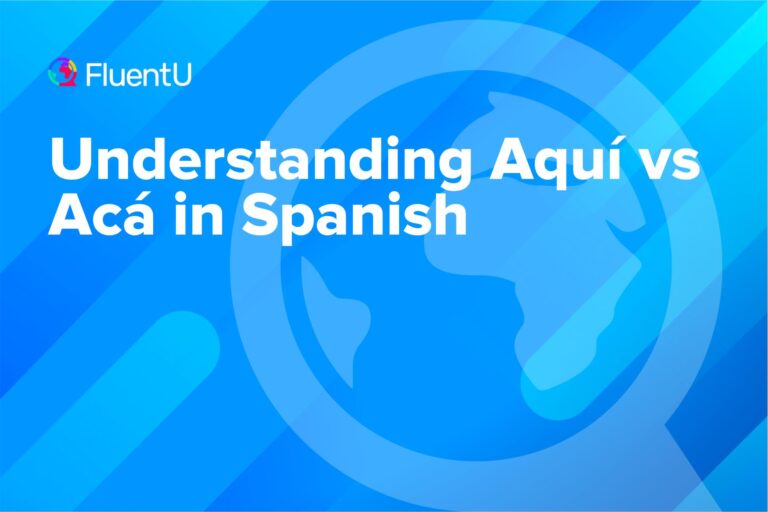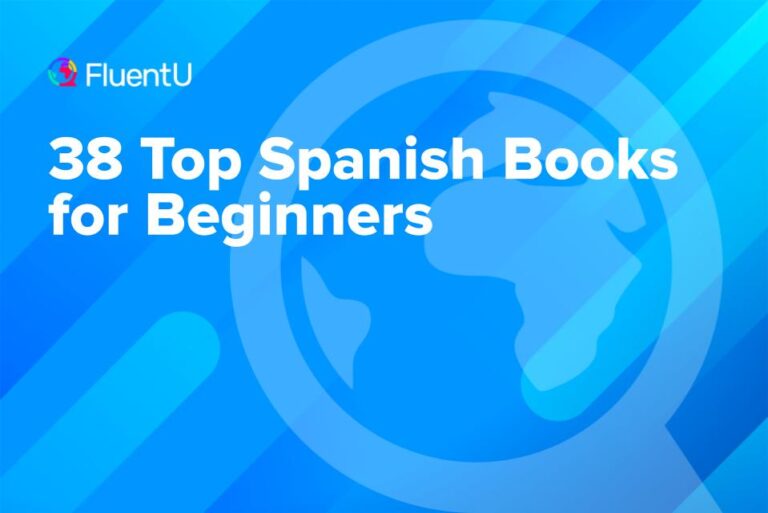65 Easter Words in Spanish (Plus Cultural Information)
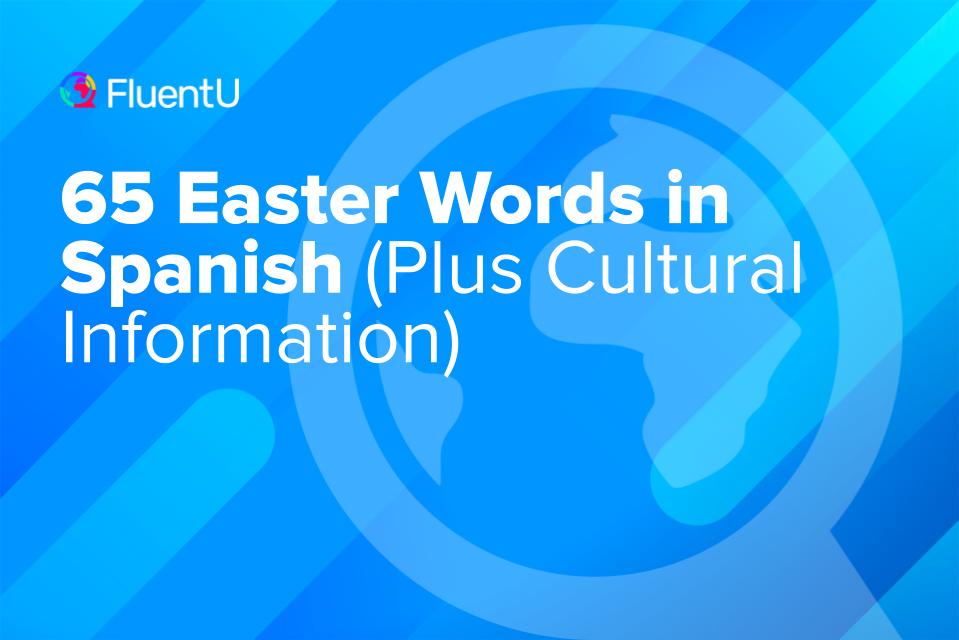
Easter, known as Pascua in Spanish, has important s religious and cultural significance in Spanish-speaking countries around the world. Learn Spanish Easter vocabulary to gain a deeper understanding of this important holiday.
Get started with 65 Easter words in Spanish to discuss everything from the customs to the clothes and food associated with the holiday.
Download: This blog post is available as a convenient and portable PDF that you can take anywhere. Click here to get a copy. (Download)
Traditional Easter Words in Spanish
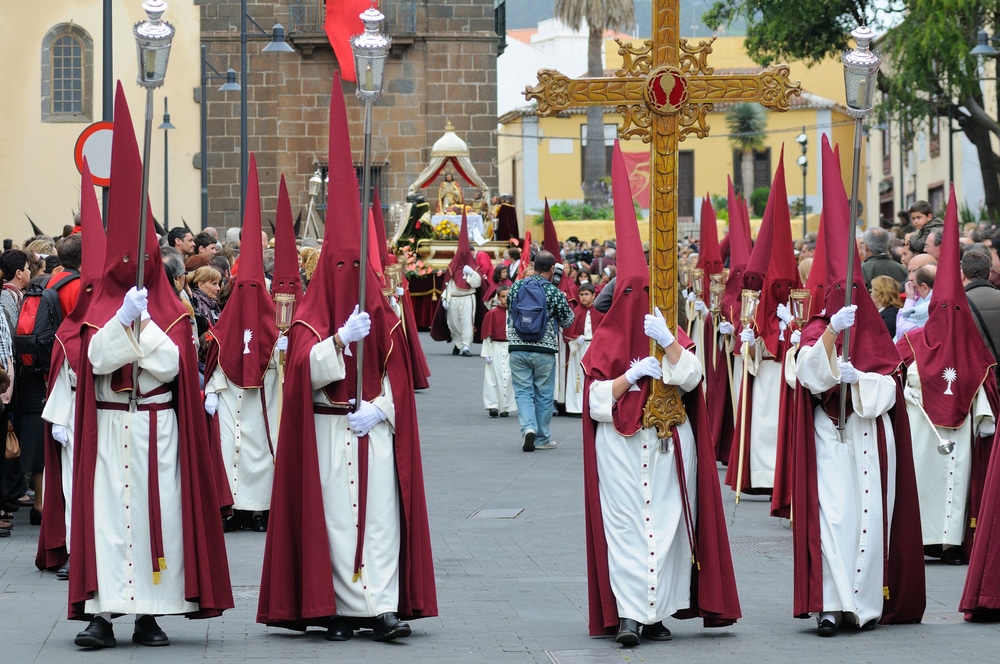
Easter is called Pascua de Resurrección in Spanish, though this is most often shortened to just Pascua . It’s part of a whole week of religious celebration known as Semana Santa (Holy Week), which begins on Domingo de Ramos (Palm Sunday) and ends with Lunes de Pascua (Easter Monday). Pascua falls on the Sunday right before Lunes de Pascua.
Easter is just one of the days that make up Semana Santa (Holy Week). The other days of the Holy Week are:
- Domingo de Ramos (Palm Sunday)
- Lunes Santo (Holy Monday)
- Martes Santo (Holy Tuesday)
- Miércoles Santo (Holy Wednesday)
- Jueves Santo (Maundy Thursday)
- Viernes Santo (Good Friday)
- Sábado Santo (Holy Saturday), also known as Sábado de Gloria (Saturday of the Glory)
- Domingo de Resurrección (the Sunday of Resurrection)
- Lunes de Pascuas (Easter Monday)
Celebrations for Easter typically begin on the morning of Domingo de Ramos (Palm Sunday) when people go to church carrying a palm or olive branch to be blessed by the priest, in honor of the day Jesus rode into Jerusalem and had palm leaves laid at his feet by the people. Boys typically carry a plain branch while girls carry one decorated with ribbons and sweets.
Easter Sunday is a day of celebration and joy as the country remembers the resurrection of Jesus Christ. On the last day of this week, Lunes de Pascua, picnics are popular as many families choose to spend the day outdoors.
There are some special celebrations and vocabulary words associated with the holiday, and the week leading up to it:
- La cuaresma : Known in English as Lent is the 40 day period between Miércoles de Ceniza (Ash Wednesday) and Pascua (Easter).
- Procesiones
: Street parades known as that typically begin on Palm Sunday and often take place every night during Semana Santa and can last until wee hours of the morning. In major cities, the processions are huge and can sometimes stretch for miles.
Semana Santa processions take place across Spain, although some cities have bigger and more famous celebrations than others. Probably the most well-known procession is in Sevilla (Seville), and the city is packed full of people for the days preceding and during Holy Week.
- Bulla : The crowd that follows the procession.
- Pasos : Large floats adorned with religious sculptures of Mary and Jesus and dressed with flowers, candles, gold, silver and fine fabrics. These are sometimes carried on large tronos (thrones).
- Trabajaderas : The wooden beams which you may see being used to carry the floats. Some of the floats are designed so that you can’t see the people carrying them, and in this case, they literally look as if they’re floating, which looks rather impressive.
- Costaleros : The people who carry the pasos (floats) on their shoulders and neck, which are cushioned by el costal (a special head scarf). A fabric is draped around the float, hiding the men underneath so it appears to be gliding along the road. Because the floats are so heavy and difficult to carry, los costaleros will rehearse for months to ensure they have proper rhythm and speed.
- Cofradías
, or hermandades
: Literally meaning brotherhoods, these are groups of people from a parish who work together to celebrate Easter.
One of the most common is the Hermandad de El Nazareno, whose members are called nazarenos. Sometimes, these people will walk barefoot or have chains around their ankles to remind them of the suffering of Jesus.
- Capirotes : The cone-shaped headdress worn by members of the brotherhoods. Although their dress appears similar to the Ku Klux Klan, they are in no way affiliated with the KKK.
- Mantilla : A black lace veil used by women, worn high on the back of the head. Some cities such as Alicante have imposed dress codes on women taking part in the parade, forbidding wearing lipstick, mini-skirts, tight clothing and low-cut blouses.
- Las saetas : Flamenco-style songs sung a cappella. The procession in Malaga is known for being more joyful than some of the more somber processions in other parts of the country.
- Coro : The choir accompanying the procession in some of the more traditional processions such as in Valladolid.
Other words related to the religious celebrations of Easter in Spanish include:
- el sacerdote (the priest)
- la misa (mass)
- Jesús (Jesus)
- la cruz (the cross)
- la resurrección (the resurrection)
- cadenas (chains)
- penitentes (penitents)
- velas (candles)
- ciriales (processional candlestick)
- incensario (incense burner)
- capuchas (hoods)
- antifaces (masks or veils)
- capuces (part of the headdress that cover their faces)
- gorros de pascua (Easter bonnets)
Secular Easter Words in Spanish
Easter is also associated with spring, and some elements are less religious and more on the colorful, playful side. The theme of rebirth and new beginnings permeates even the secular side of the holiday. Here are some related vocabulary words:
- la primavera (spring)
- flores (flowers)
- corderos (lambs)
- conejo (rabbit)
- conejito (little rabbit)
- el conejo de Pascua (Easter bunny)
- pollito (chick)
- huevos de Pascua (Easter eggs)
- búsqueda de huevos (egg hunt)
- la cesta de Pascua (Easter basket)
- teñido de huevos (egg dyeing)
Easter Food Words in Spanish
During Pascua (Easter), dishes of fish and vegetables are eaten in place of meat. Some popular Easter dishes in Spanish-speaking and American countries include:
- potaje de vigilia : a stew made with spinach, chickpeas and cod.
- torrijas : A traditional food served during Holy Week, of bread soaked in milk and egg, fried in olive oil, and served with milk and honey.
- pestiño : Another traditional Easter dish, a fritter made from a flour mixture, fried in olive oil and sprinkled with honey, sugar and sometimes sesame.
- la mona de Pascua : A popular Easter cake decorated with chocolate figurines and colored feathers. Traditionally, godparents will give these cakes to their godchildren as gifts on el Domingo de Resurrección.
- sopa de ajo : Garlic soup.
- capirotada : A warm Mexican bread pudding.
- bacalao a la Vizcaína : A Basque-style dish of salt cod cooked in a pepper and tomato sauce.
- rosca de Pascua : Easter bread, typically shaped like a ring and decorated with colored eggs and sugar.
- empanadas de vigilia : Pastries filled with ingredients suitable for Lent, such as spinach, tuna, or cheese.
- buñuelos : Deep-fried dough balls or fritters, often dusted with sugar or drizzled with syrup.
- arroz con leche : Rice pudding made with milk, sugar, and cinnamon, sometimes including raisins or citrus zest.
- alfajores : Sandwich cookies filled with dulce de leche (a caramel-like spread) and often coated in powdered sugar or coconut.
- flan : A creamy custard dessert with a layer of soft caramel on top.
Other sweets are also popular, like dulces (candy), chocolate (chocolate) and pastelitos (cupcakes).
Easter Celebrations Around Spain
Semana Santa in Spain dates back to at least the 16th century when the church wanted to present the story of the Passion of the Christ in a way that the average person could understand. They decided that the best way to do this would be to have processions in the street. Still, some celebrations took place centuries earlier. One of the oldest Semana Santa celebrations in Spain takes place in Salamanca, with the earliest penance procession taking place in the year 1240.
While Easter processions around Spain have many similar customs and traditions, each is a bit unique in its approach to the holiday. Many of the cofradías compete to see who can put on the largest and most elaborate procession.
On el Domingo de Resurrección in Almadén de la Plata, rag and straw dolls representing various famous people are placed at different places throughout the village. At the end of the celebration, they are torn apart and the pieces are thrown into the air. A similar ritual takes place in Castilblanco de los Arroyos, except the dolls are set on fire rather than torn. The dolls are referred to as judas (Judas), named after the disciple who betrayed Christ.
Another unique celebration takes place every year on Maundy Sunday in Verges, Cataluña, a skeleton dance called La dansa de la mort takes place. The dance consists of two adults and three children dressed in skeleton costumes and dancing to a drum beat.
In Murcia, the float telling the story of la Última Cena (The Last Supper) is carried with real food on the table. After the procession, the men who carried the table sit down to eat the food in a ceremonial manner. In Cuenca, la Semana de Música Religiosa (Religious Music Week) festival—one of the oldest music festivals in Spain!—takes place during Semana Santa with concerts being held every day in historic buildings and cathedrals.
Sevilla is perhaps the most popular city to visit during Semana Santa, attracting hundreds of thousands of tourists each year to see the processions. Nearly 70 cofradías take part in festivities, providing Sevilla with some of the most lavish and impressive processions.
Tips for Traveling to Spain During Easter
Semana Santa in Spain truly has to be experienced firsthand to be fully appreciated. If you decide to travel to Spain during this time, here are some tips to make the most of your trip.
- Arrange your accommodation well in advance: Places to stay during Semana Santa can be difficult to find and prices are often heavily inflated. Many people book up to a year in advance!
- Dress for the occasion: People generally dress formally during these festivities. Women usually dress modestly, and men sport suits and ties, no regardless of the weather. If you want to blend in and show respect for their traditions, dress as if you are going to a Sunday mass.
- Be on the lookout for pickpockets: Spain is generally a safe place for tourists, but when the streets are crowded with people, you should take caution. Be mindful of your surroundings and keep a close eye on your belongings.
- Understand some tourist attractions may be closed: Some tourist attractions close their doors during the Semana Santa. If there’s a certain attraction you’re just dying to see, be sure to do some research and know what their holiday operating hours are.
- Consider visiting multiple cities during the week: To maximize your experience, consider creating an itinerary where you can visit more than one city during the week. Do some research and find out which celebrations you just can’t miss and add them to your list of stops.
- Be respectful: More than anything else, be respectful. Understand that Pascua is a highly revered holiday in Spain and that people take their traditions seriously. Even if you do not share their religious beliefs, hold their rituals sacred. For example, certain aspects of the celebrations are meant to be held in silence. So take your cues from others!
These Easter words in Spanish will have you ready to talk about any aspect of the holiday, whether you’re planning to celebrate Pascua in Spain or at home.
And One More Thing…
If you've made it this far that means you probably enjoy learning Spanish with engaging material and will then love FluentU.
Other sites use scripted content. FluentU uses a natural approach that helps you ease into the Spanish language and culture over time. You’ll learn Spanish as it’s actually spoken by real people.
FluentU has a wide variety of videos, as you can see here:

FluentU brings native videos within reach with interactive transcripts. You can tap on any word to look it up instantly. Every definition has examples that have been written to help you understand how the word is used. If you see an interesting word you don’t know, you can add it to a vocab list.

Review a complete interactive transcript under the Dialogue tab, and find words and phrases listed under Vocab.

Learn all the vocabulary in any video with FluentU’s robust learning engine. Swipe left or right to see more examples of the word you’re on.

The best part is that FluentU keeps track of the vocabulary that you’re learning, and gives you extra practice with difficult words. It'll even remind you when it’s time to review what you’ve learned. Every learner has a truly personalized experience, even if they’re learning with the same video.
Start using the FluentU website on your computer or tablet or, better yet, download the FluentU app from the iTunes or Google Play store. Click here to take advantage of our current sale! (Expires at the end of this month.)


